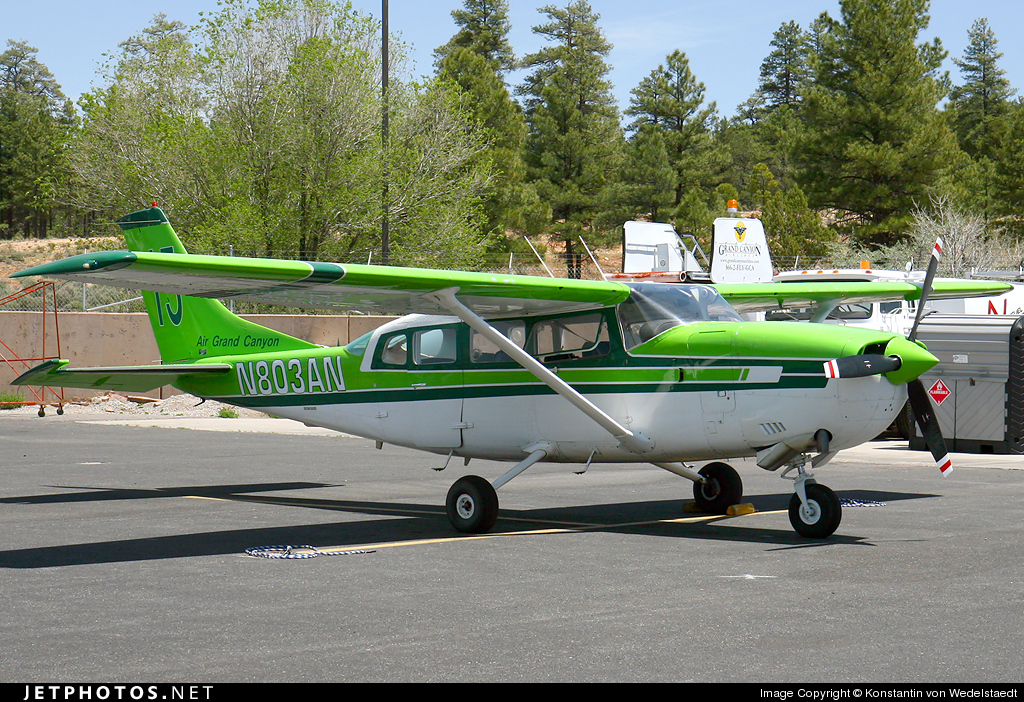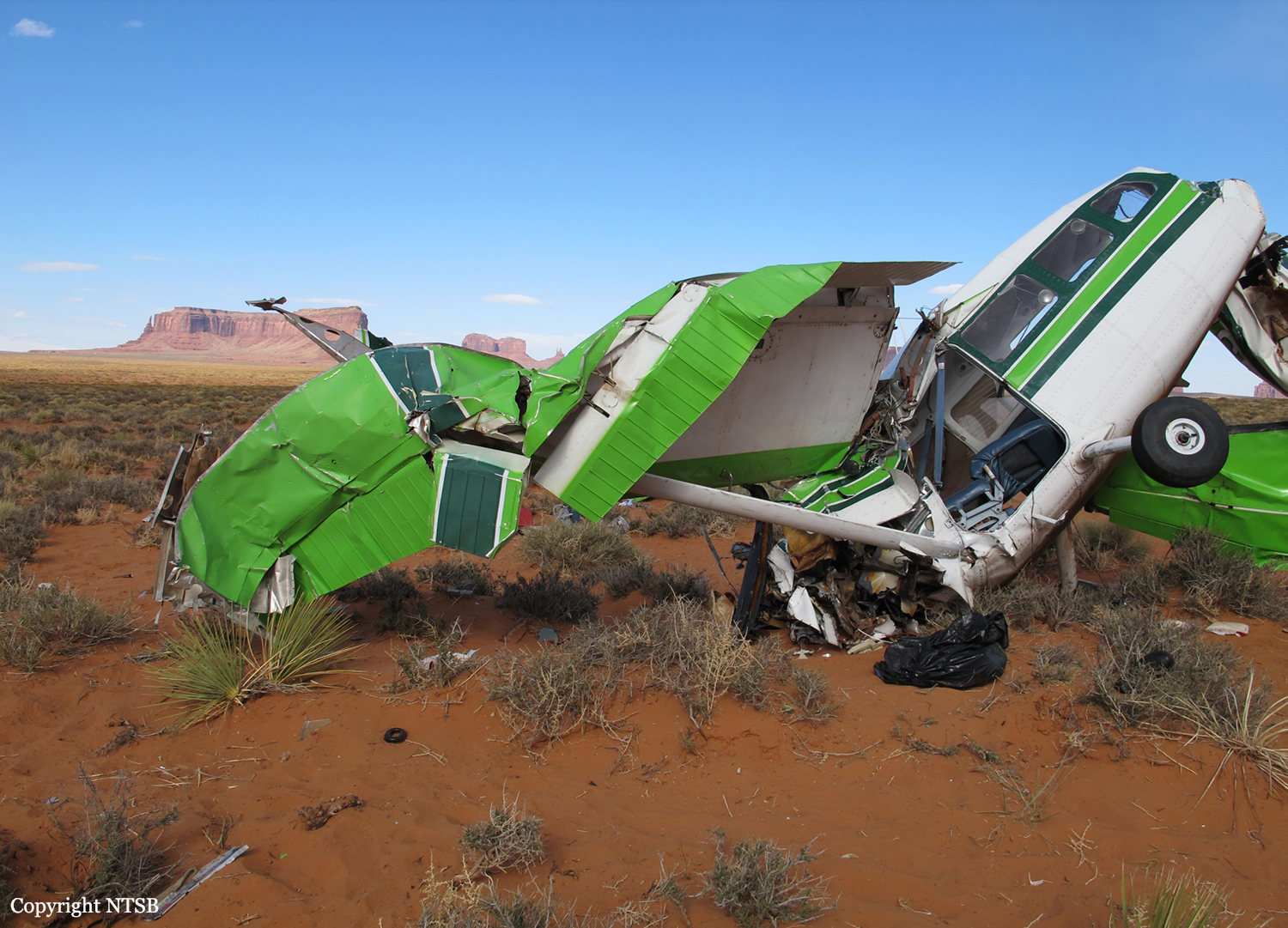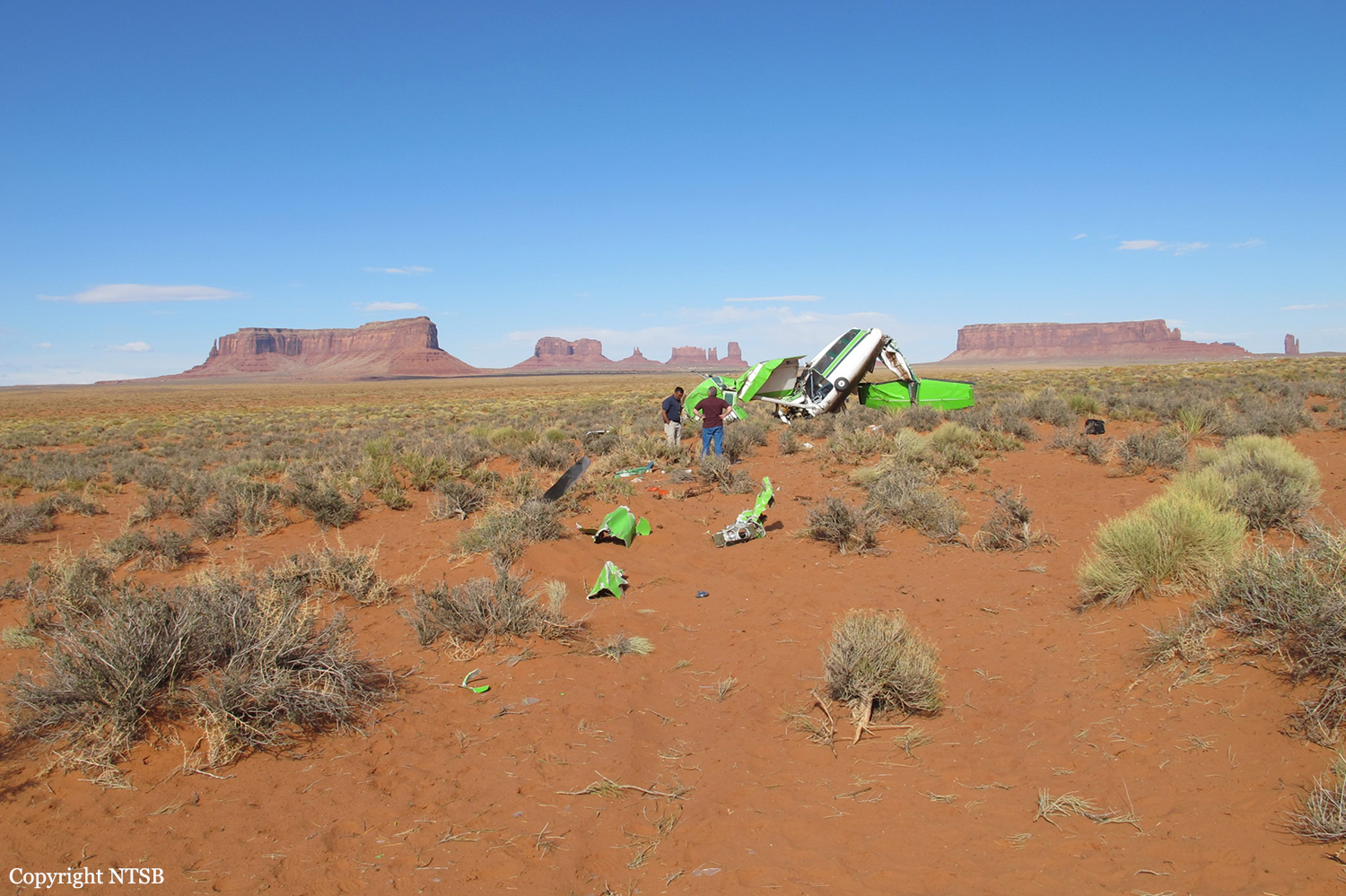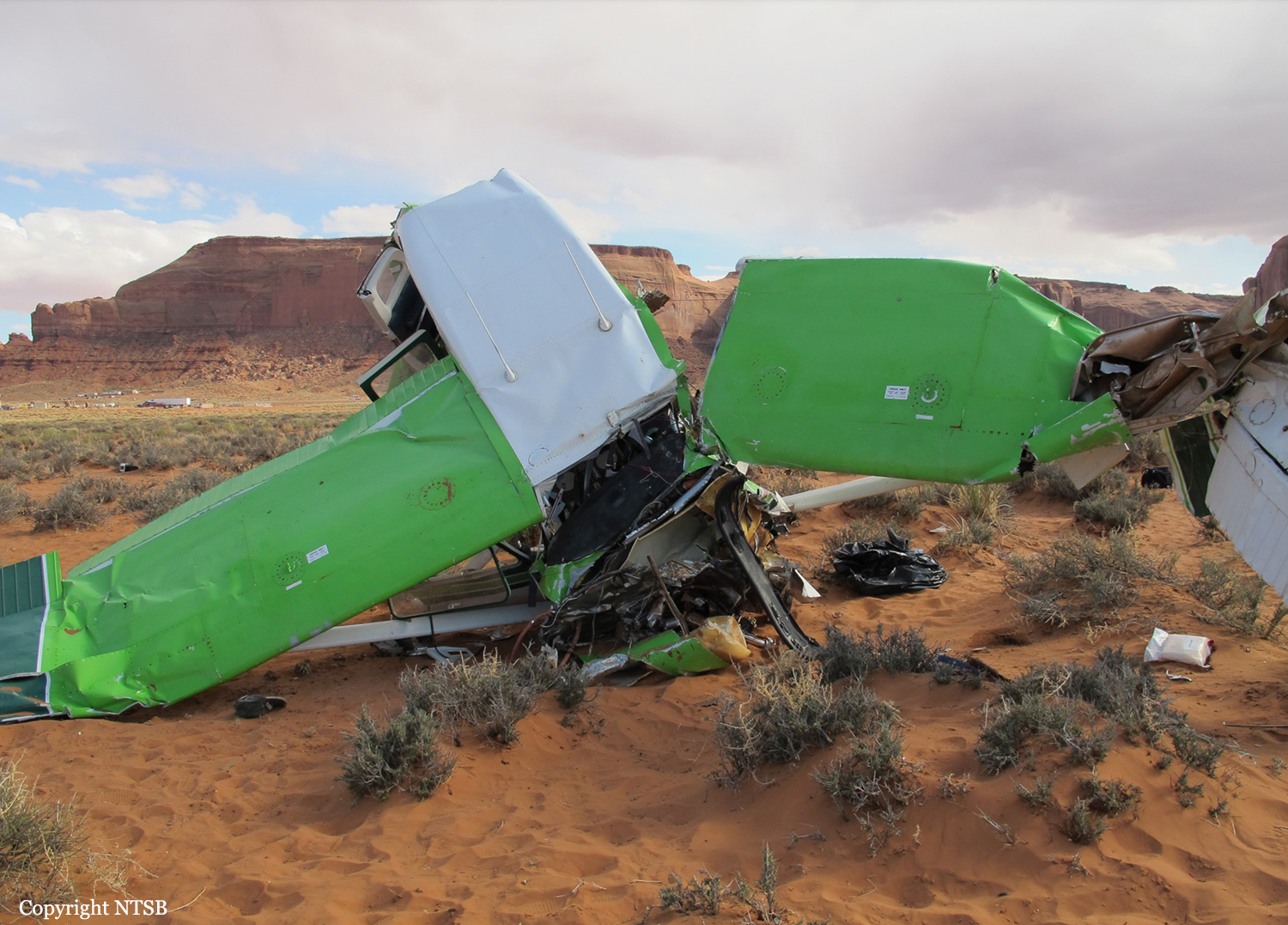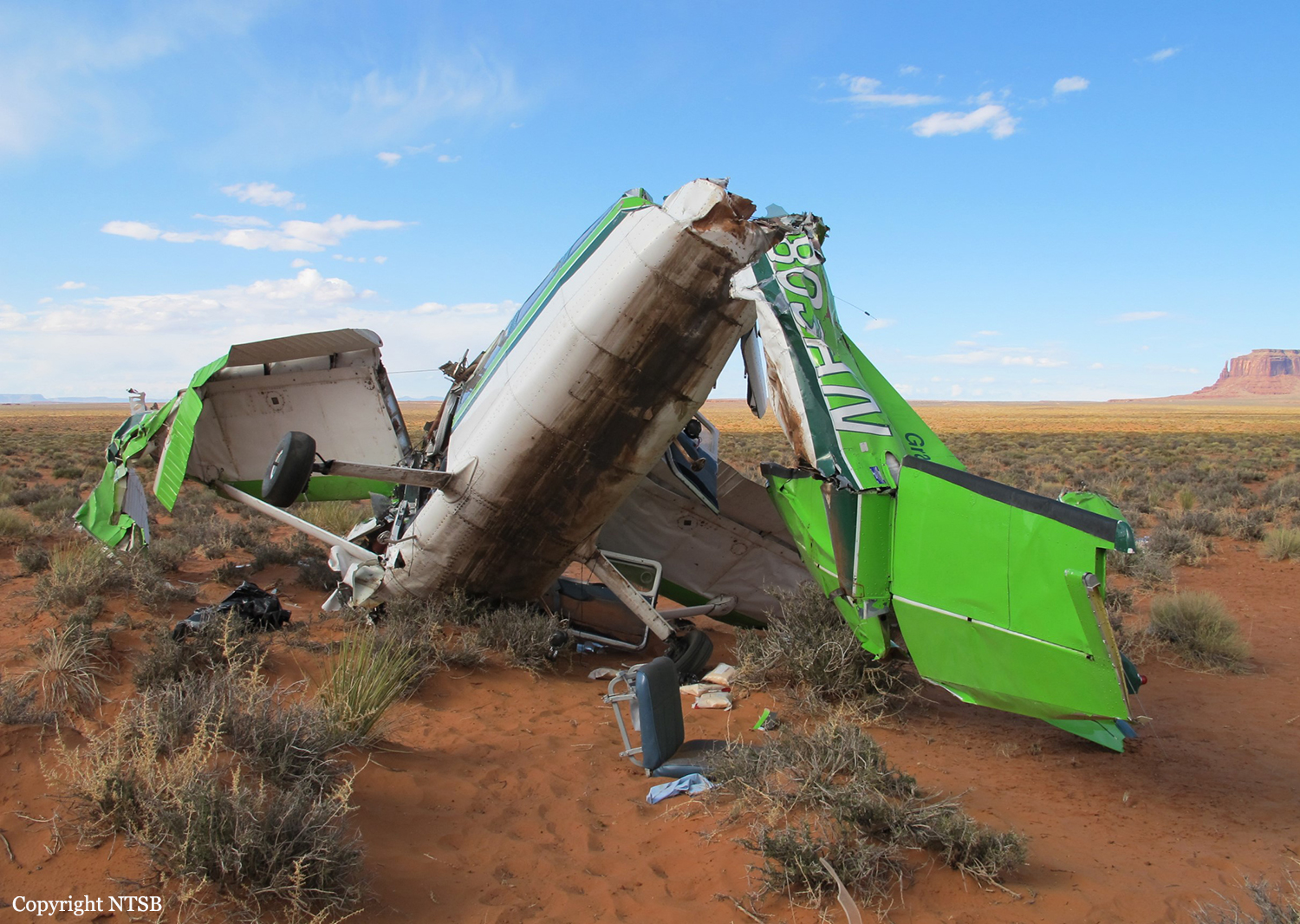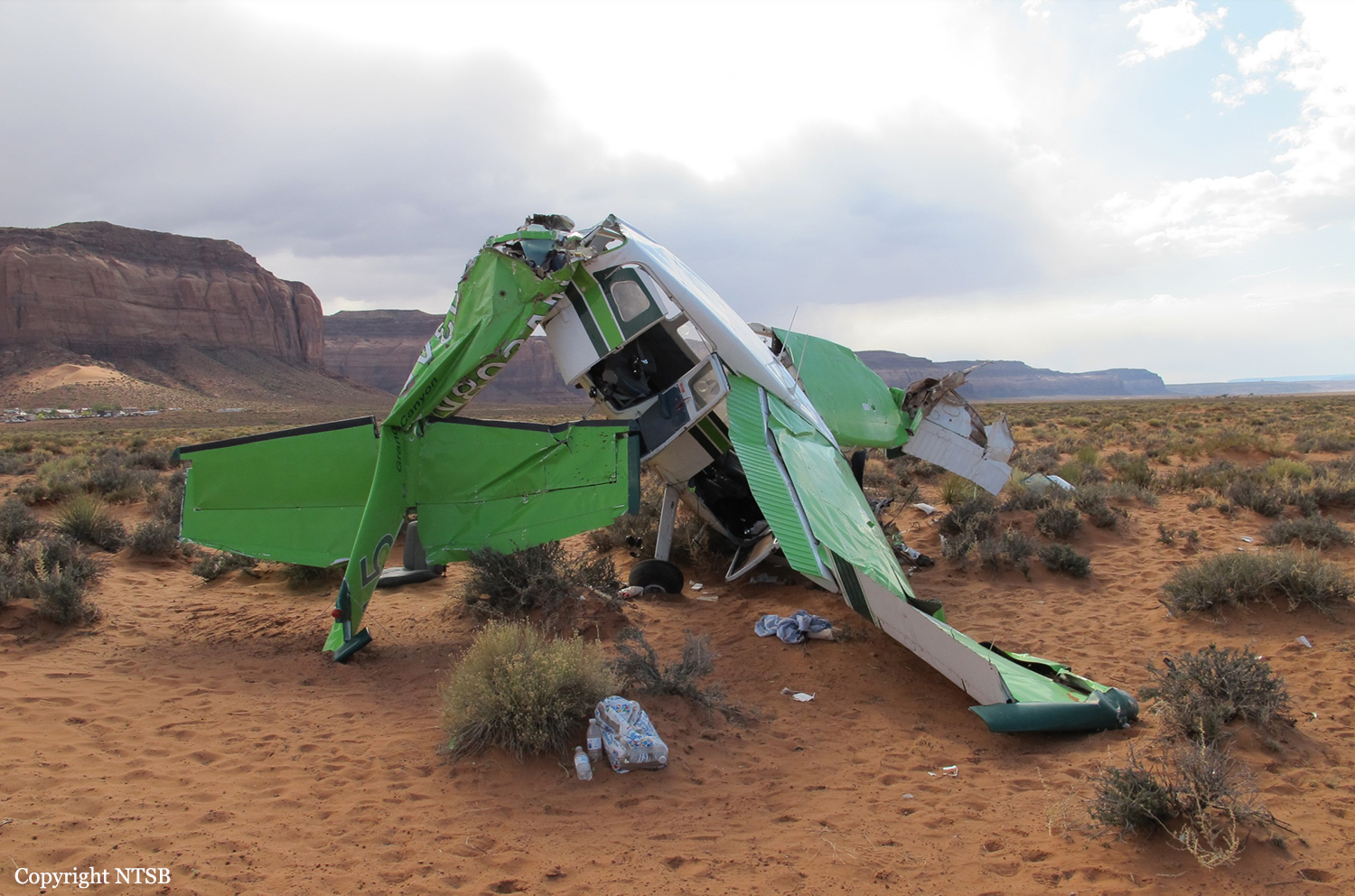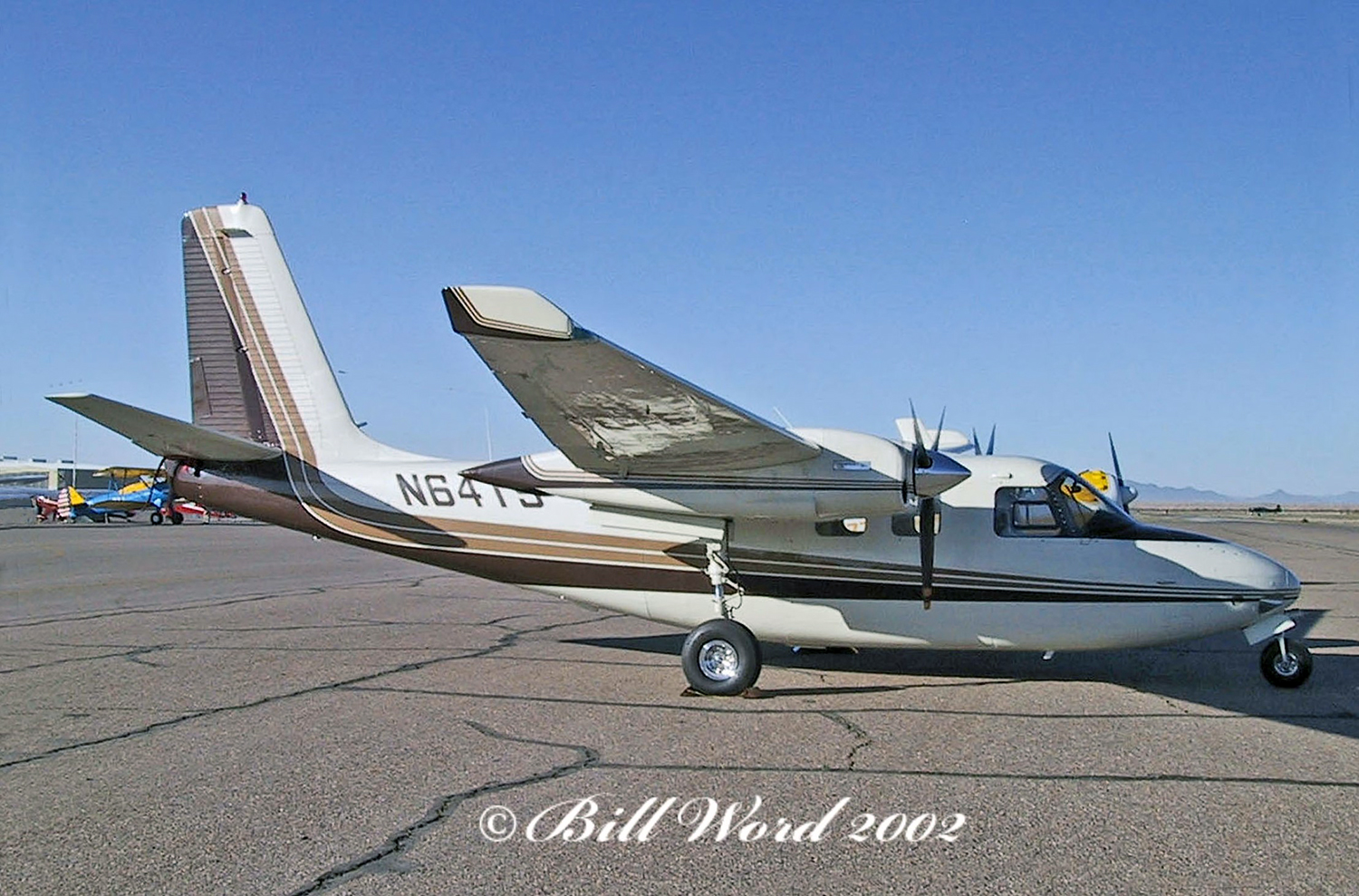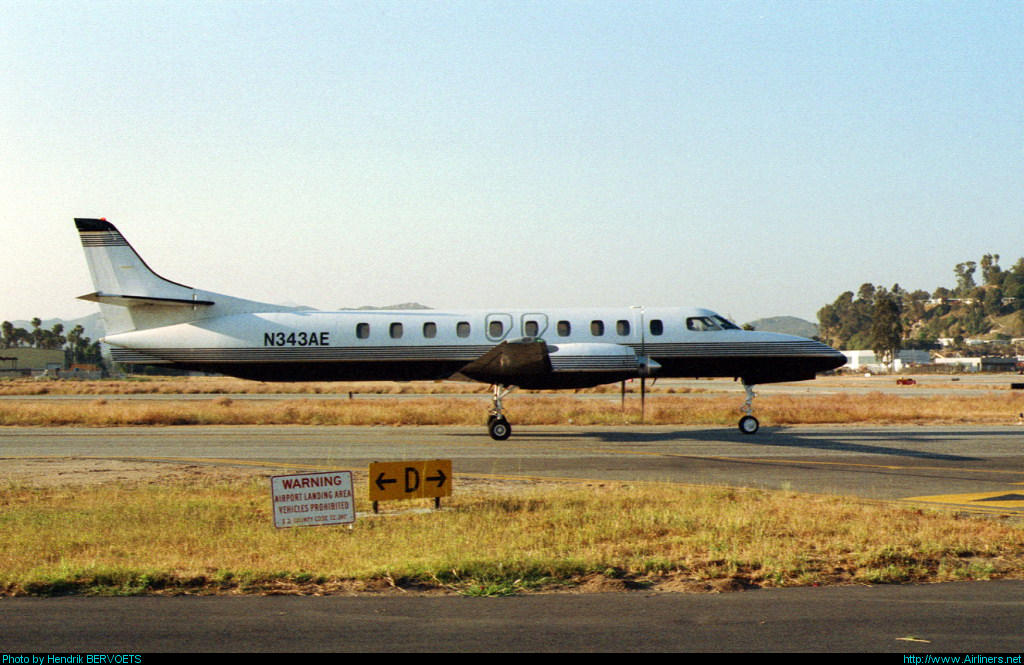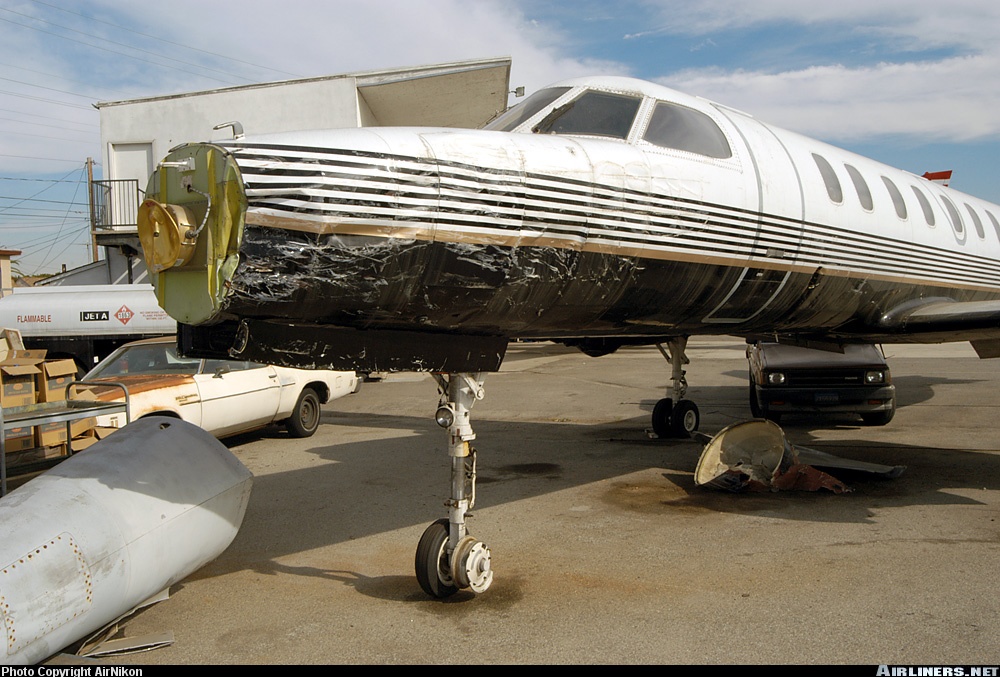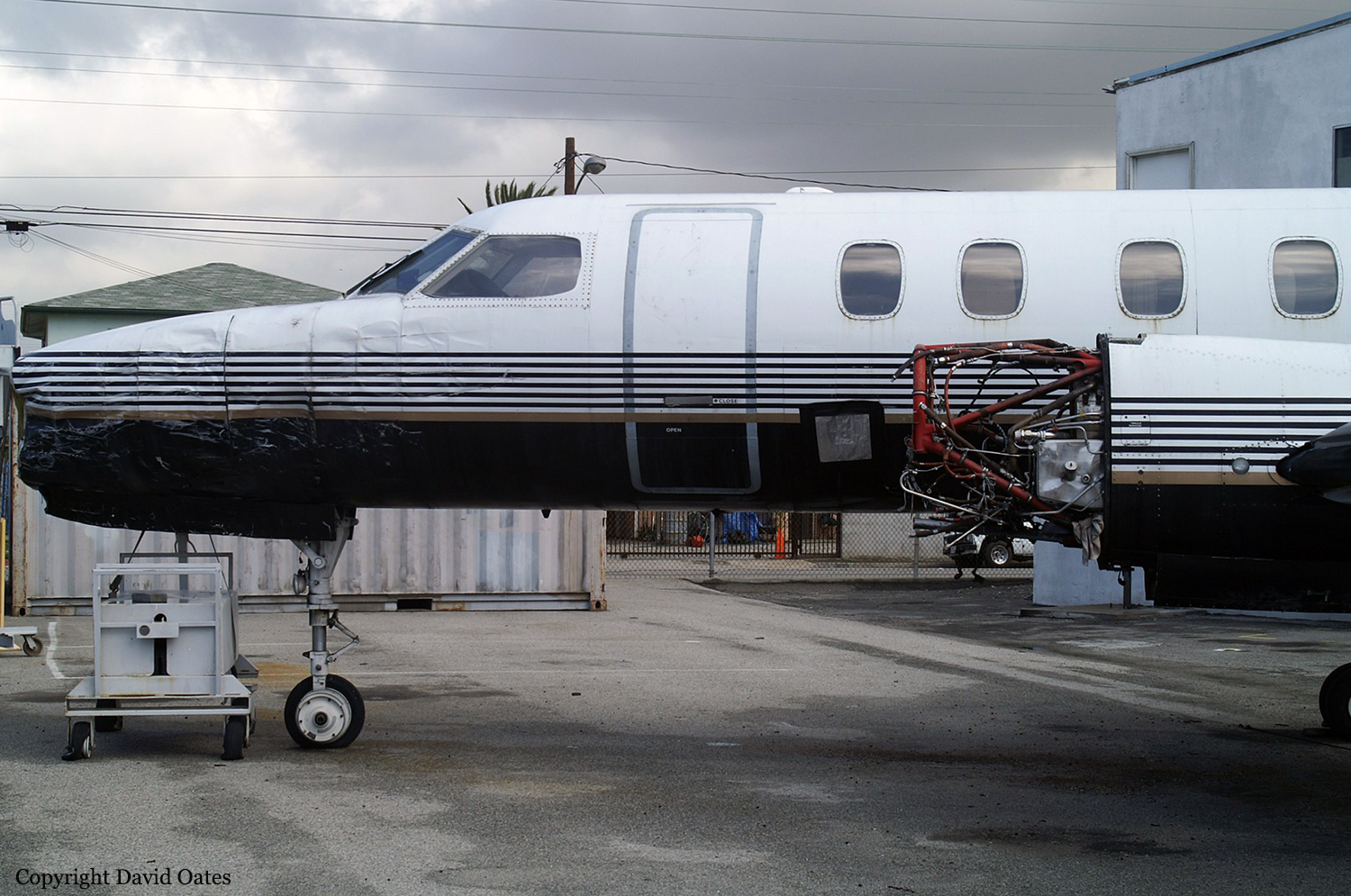Crash of a Cessna T207A Turbo Stationair 8 in Monument Valley
Date & Time:
May 23, 2011 at 1520 LT
Registration:
N803AN
Survivors:
Yes
Schedule:
Grand Canyon - Monument Valley
MSN:
207-0570
YOM:
1981
Crew on board:
1
Crew fatalities:
Pax on board:
5
Pax fatalities:
Other fatalities:
Total fatalities:
0
Captain / Total hours on type:
140.00
Aircraft flight hours:
13417
Circumstances:
According to the airplane's operator, the airplane was part of a flight of four airplanes that were taking an organized tour group of revenue passengers on a sightseeing tour of southern Utah. While operating in a high density altitude environment, the pilot was flying into an airport that had a 1,000-foot cliff about 400 feet from the end of the runway he was landing on. Because of the presence of the cliff, the Airguide Publications Airport Manual stated that all landings should be made on the runway that was headed toward the cliff and that all takeoffs should be made on the runway that was headed away from the cliff. The manual also stated that a go-around during landing was not possible. During his approach, the pilot encountered a variable wind and downdrafts. During the landing flare, the airplane dropped onto the runway hard and bounced back into the air. The pilot then immediately initiated a go-around and began a turn away from the runway heading. While in the turn, he was most likely unable to maintain sufficient airspeed, and the airplane entered a stall/mush condition and descended into the ground. A postaccident examination of the airframe and engine revealed no evidence of mechanical malfunctions or failures that would have precluded normal operation.
Probable cause:
The pilot's decision to initiate a go-around after a bounced landing at an airport where go-arounds were not advised and his failure to maintain adequate airspeed during the go-around.
Final Report:
